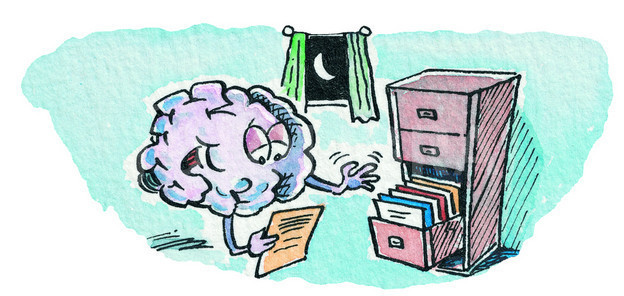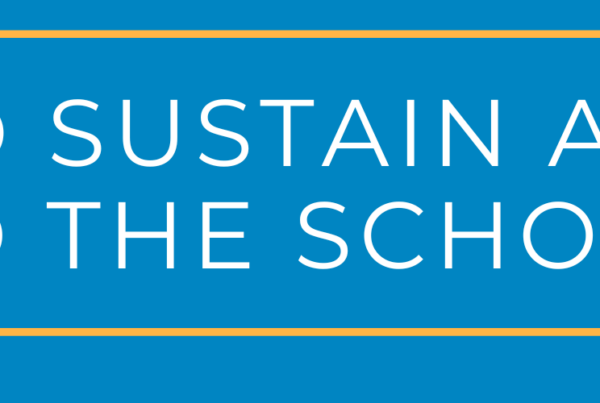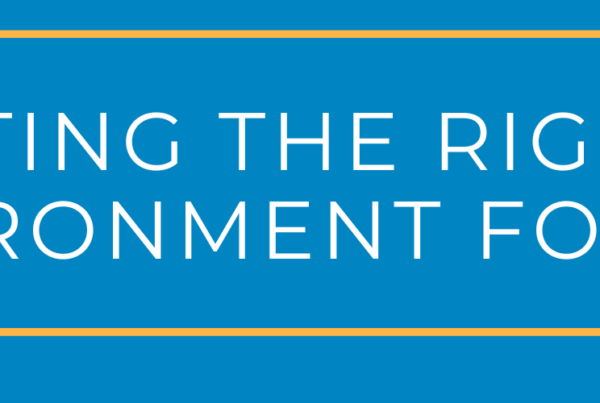When talking about executive function (EF) skills, most people get lost in the external appearance of the struggles. This makes sense because, often times, we see the byproduct right in front of our faces. Many times, the executive function issues are decision making, impulsivity, and emotional regulation. These create easy issues to spot at home and even easier to see in school: stressed out students, disciplinary infractions, skipping homework, and lack of motivation, to name a few. However, what is the hidden impact of executive function troubles? Well, for starters, it takes place in our heads.
The majority of people associate executive functions with organization. So often, I have heard the comment, “Oh yeah, that’s organization and stuff.” I will admit, they’re partially right. Organization certainly is a large part of the executive functions, but the part that gets overlooked is the organization of our thoughts. Students with executive function struggles will have a more disorganized mind.
What does this mean? I like to use a filing cabinet analogy. When we get a piece of information, let’s say eating a chicken parmesan meal at an Italian restaurant in Chicago, we store that piece of information like we’re filing a piece of paper. So maybe we look at the row of filing cabinets in our mind. We go to the food cabinet, we pull open the drawer for restaurants; we find the Chicago section of the drawer; we find the folder for Italian food, and then we store away the meal we ate as a piece of information. So what does this do for us? Well, it makes that information much more accessible. If someone says, “I am going to be in Chicago, and I’m looking for an Italian restaurant recommendation,” we can go through the filing cabinet in our mind and find that piece of information. If another friend asks us for a list of a few restaurants to check out, we can access our filing cabinets, find the information, scan it, organize it, and provide a list of five restaurants to our friend with ease. This can all happen within a matter of seconds.
So what does a chicken parm recommendation have to do with students? Well students that struggle with the executive functions often have an internal organizational problem. They have struggles encoding, storing, and retrieving information. If the typical person has a bunch of filing cabinets in their mind for storage, an EF-challenged student may just have one, huge, messy pile of papers. When papers are in a big messy heap, they are backwards, upside down, out of order, and literally all over the place. This can pose a lot of challenges. It won’t just be difficult to access and find the information they’re looking for, but it will also be difficult to organize the information if they are able to find it.
Nowhere is this more relevant academically than when trying to write a paper. Students have to start by researching and storing a lot of new information. They then have to access all this information, manipulate it, organize it, and create a paper that is structured, coherent, and well-written. Writing a paper is hard enough in its own right, but when we add in EF challenges, it becomes much more taxing and can tap into some internal vulnerabilities of the student.
In some ways, the external appearance of executive functioning can be reassuring. At least we can see what is going on and have the comfort of knowing. It can be more difficult to identify and understand when we can’t see the problems. Nevertheless, it is important to be aware of the internal obstacles that a student is facing.






